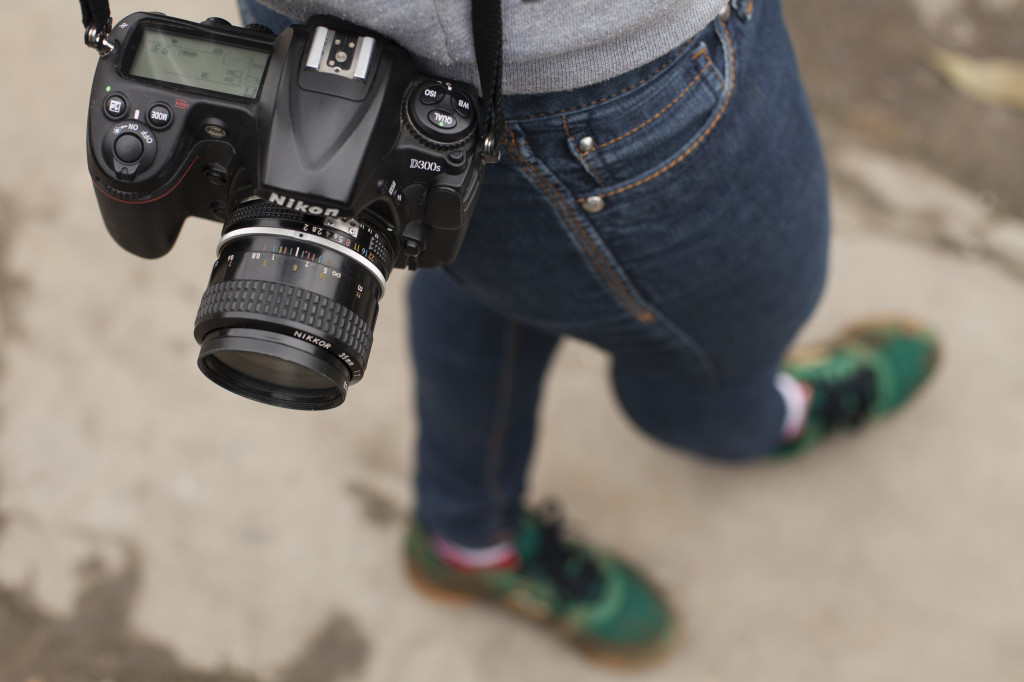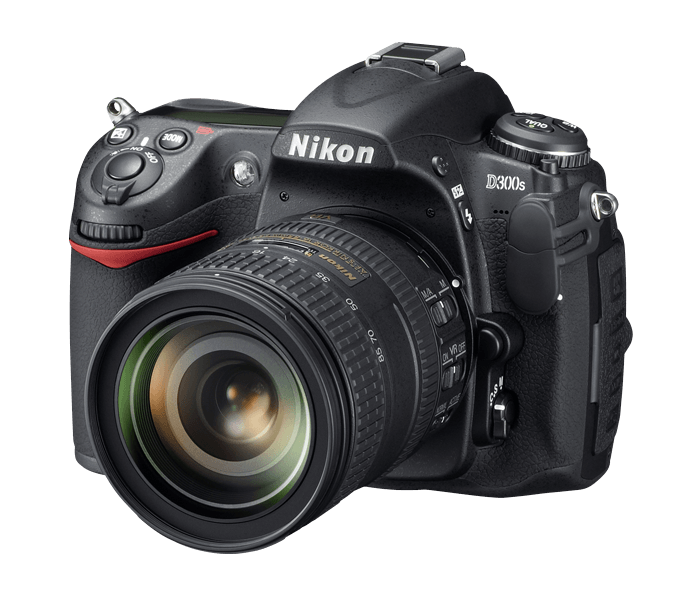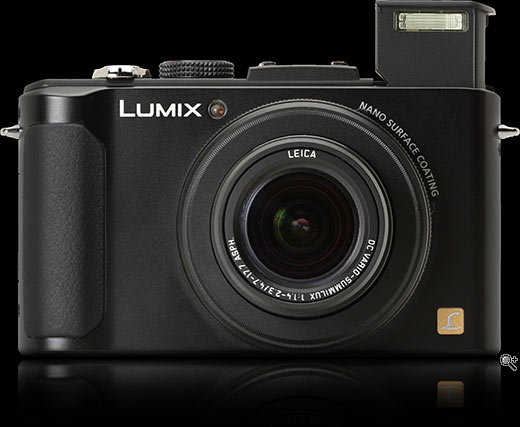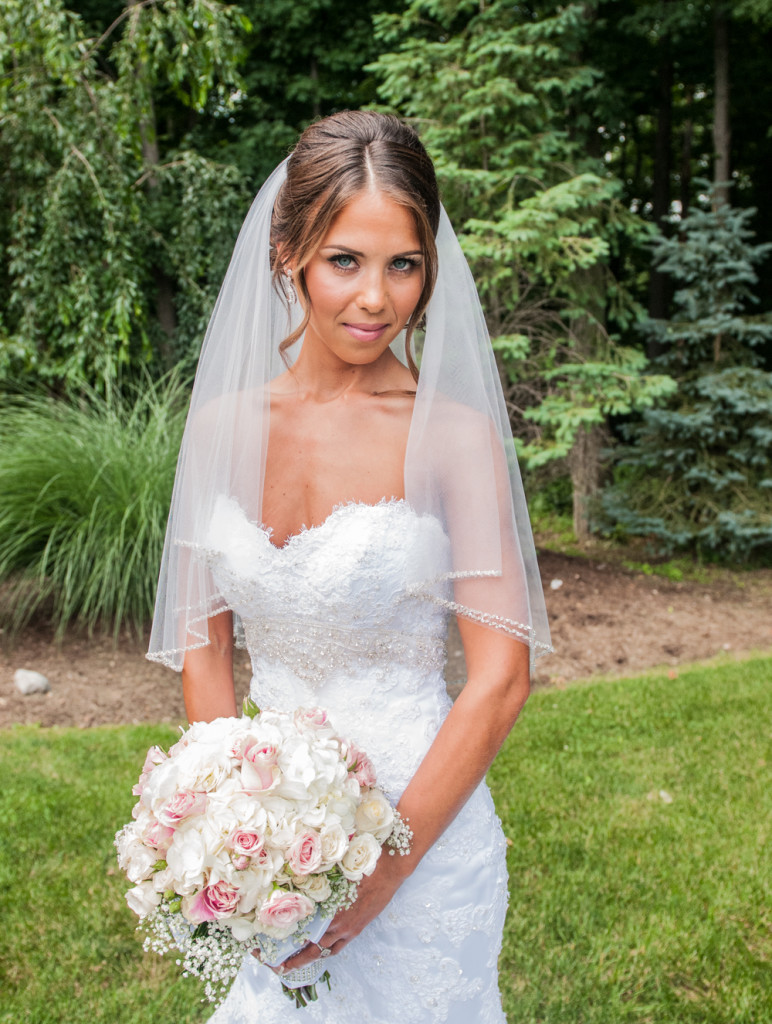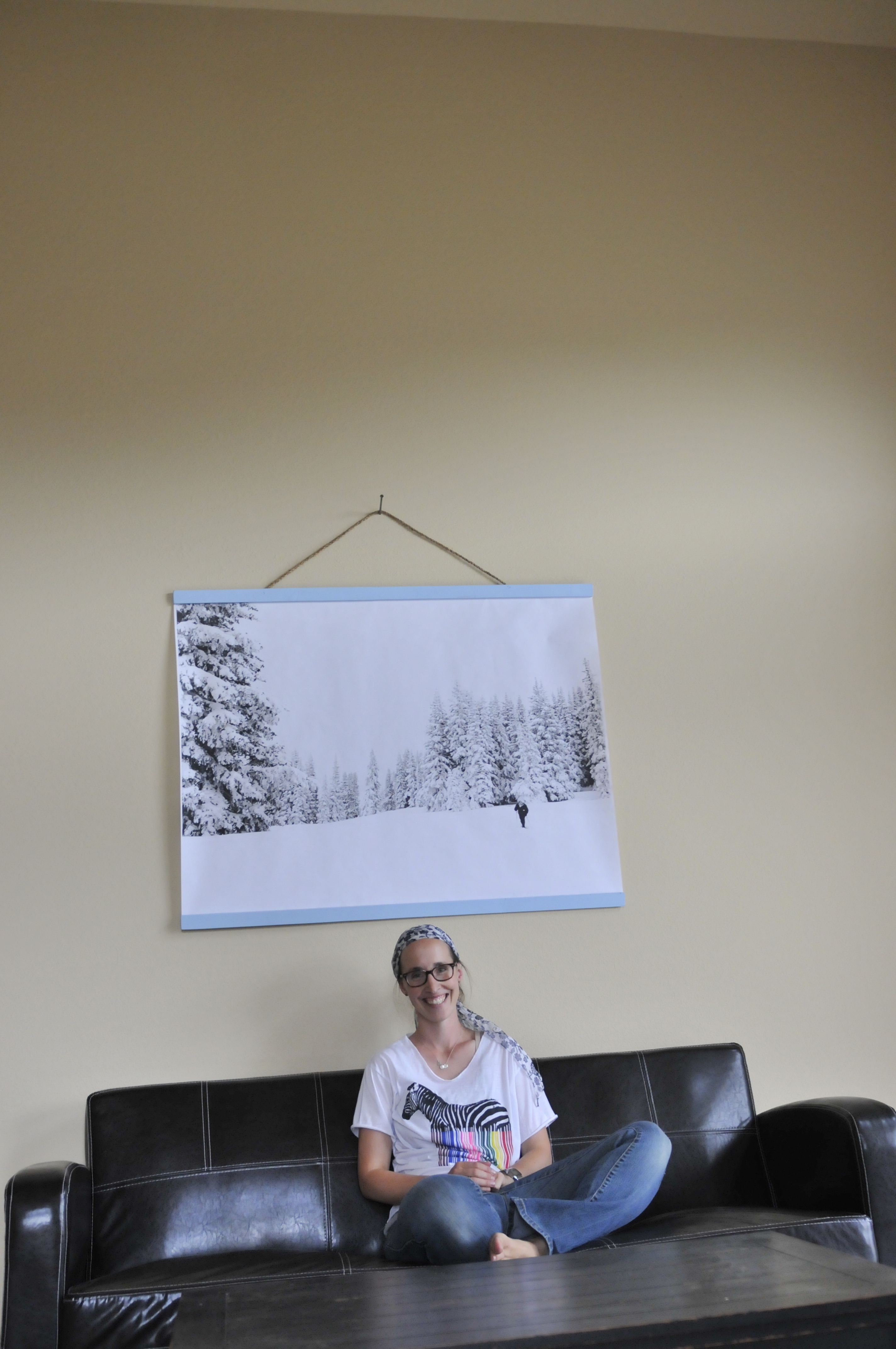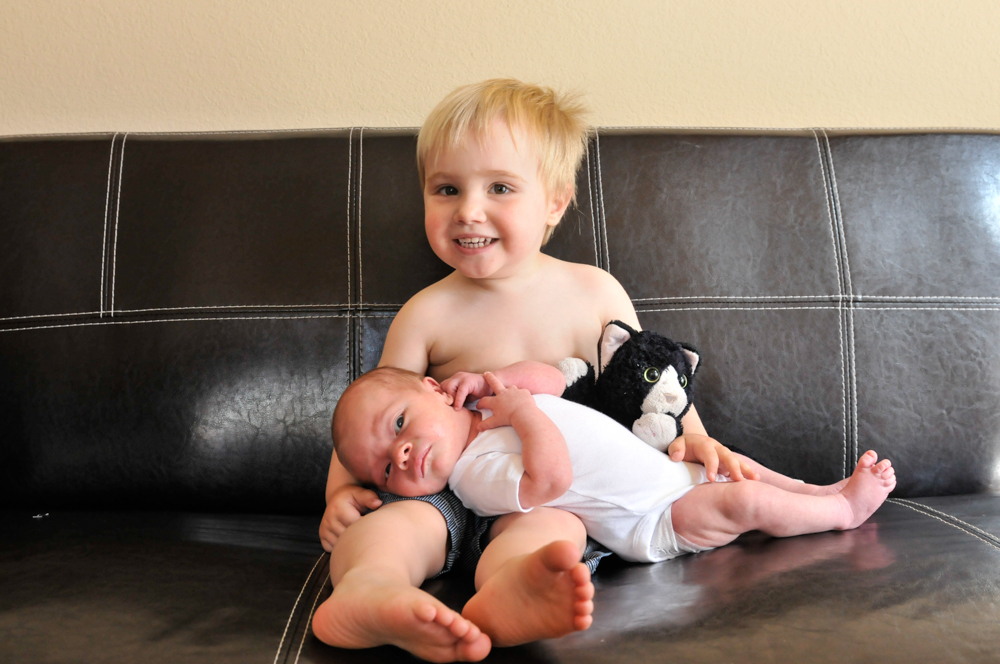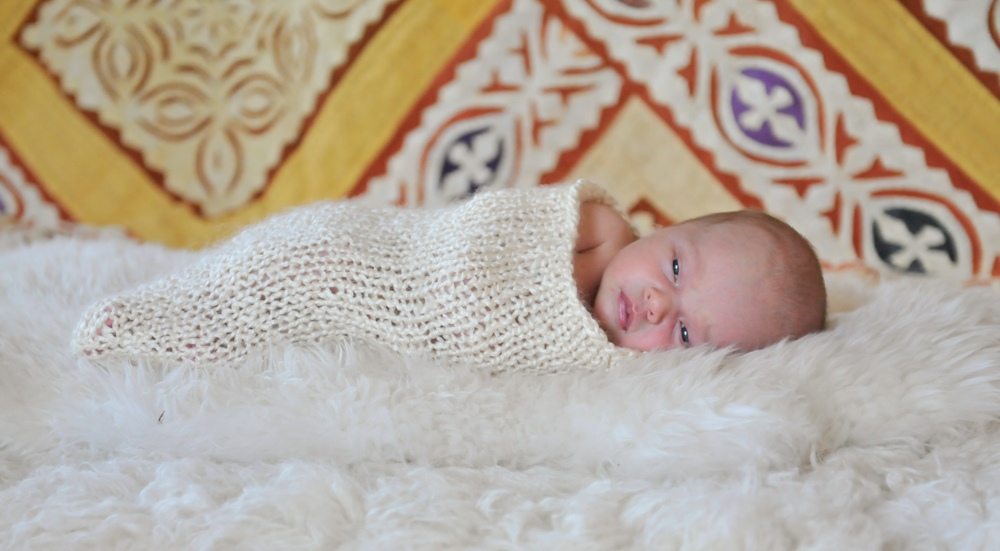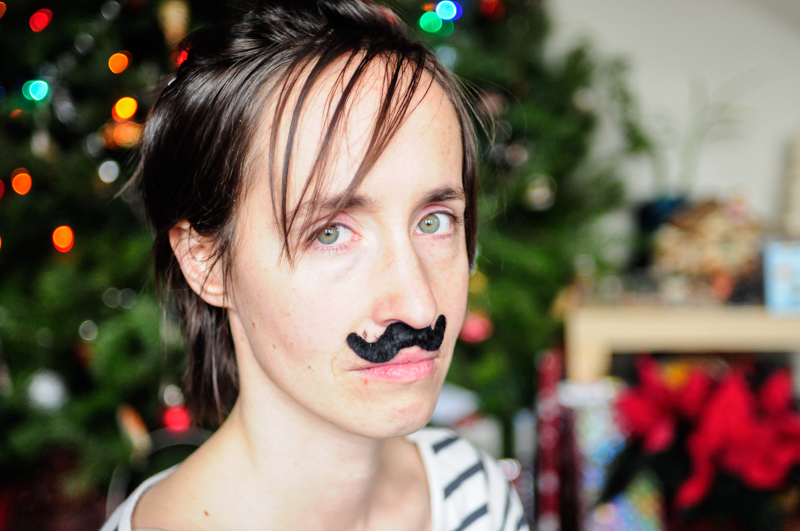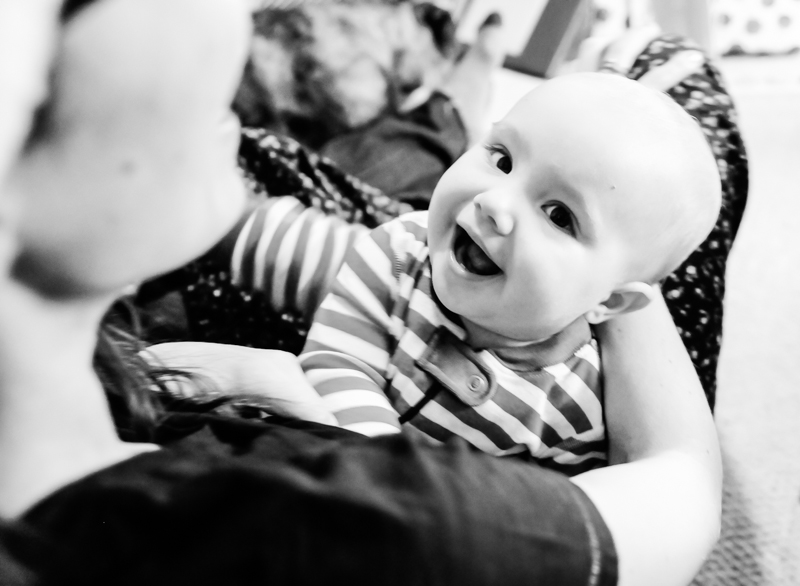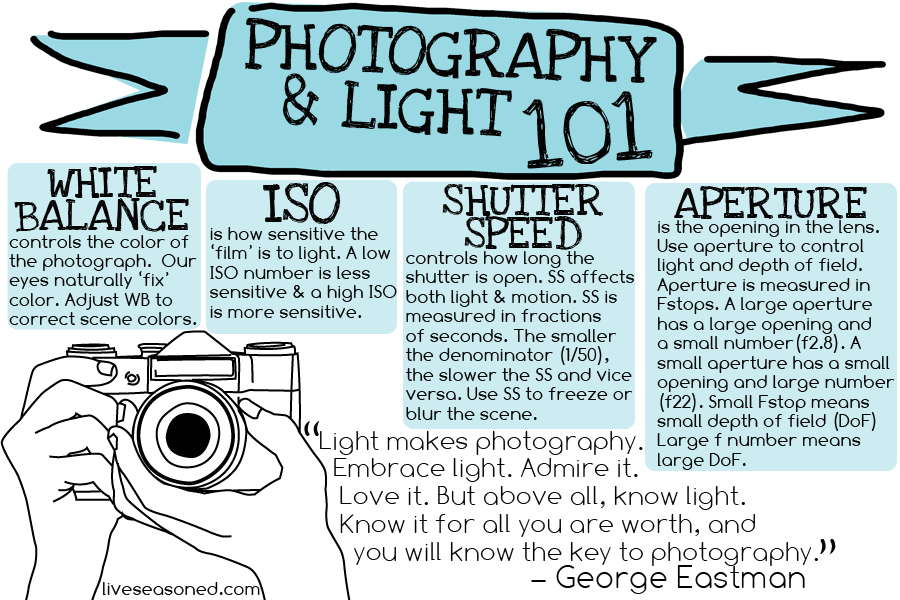We often get asked about the cameras we use to take pictures for the blog and our instagram account, so today we thought it would be fun to do a series of posts where we each talk about our equipment and how we use it. This won’t be a lesson in photography, rather just a discussion about what we use and why it’s worked for us.
Sarah here:
I use a Nikon D300s with 24-70mm f2.8 & a 35mm f2.
If I’m being honest, (which of course I’m always striving to be) I’m due for an upgrade. I’ve had this camera for over five years, but I truly love it so the years fly by and I keep clicking with this babe. The tricky thing about shooting with DSLR cameras is that the lenses are just as important (some would argue more important) than the camera body and the good lenses tend to cost more than the camera body itself, so it’s always a struggle, for a frugal freelancer like me.

